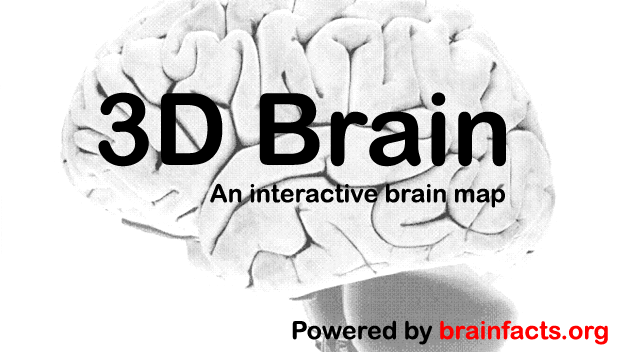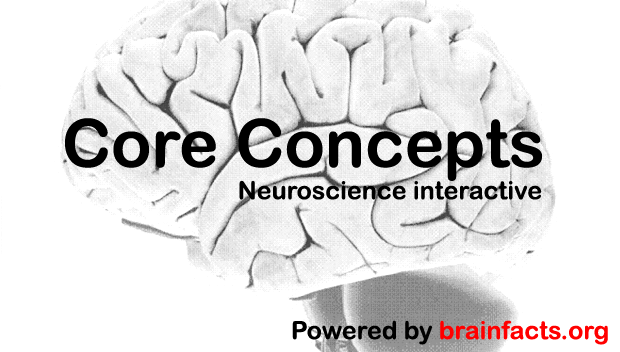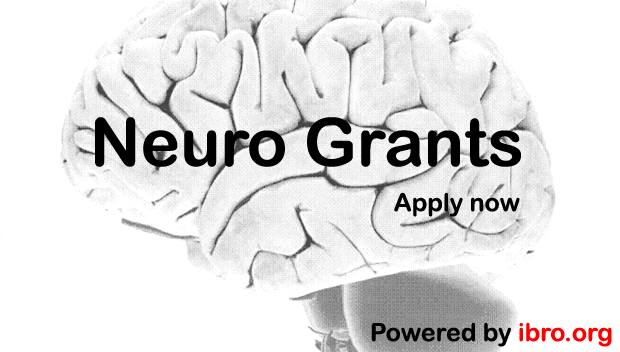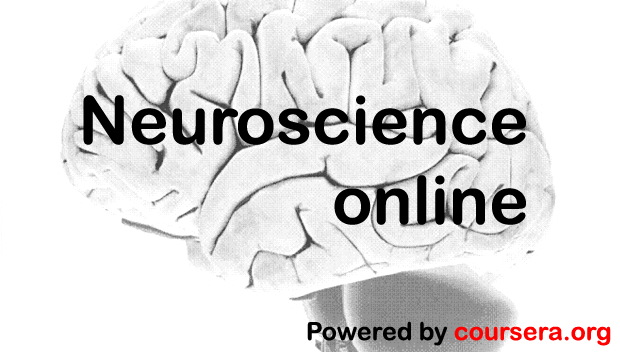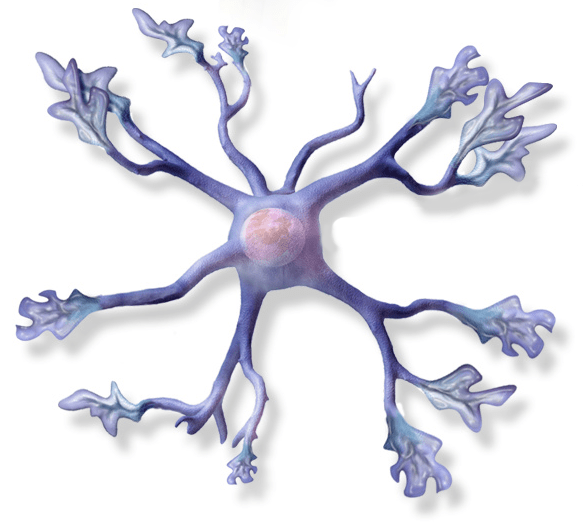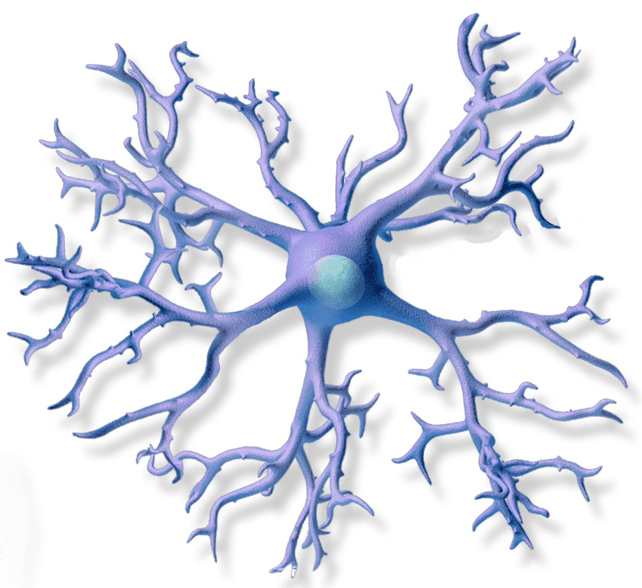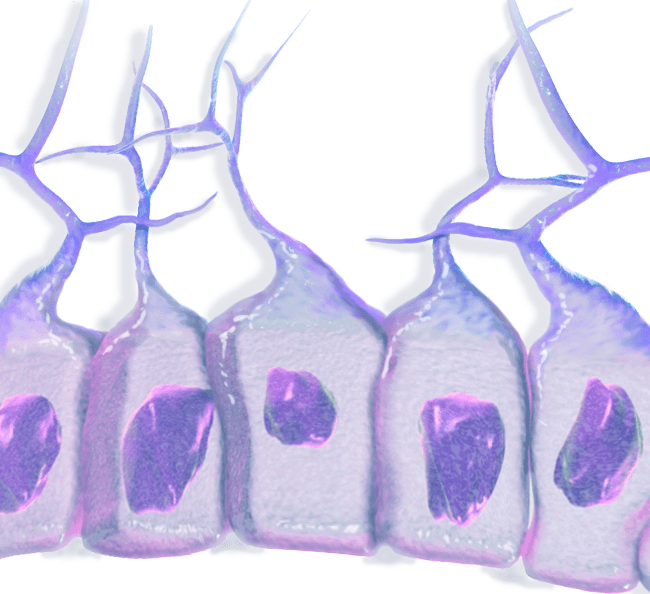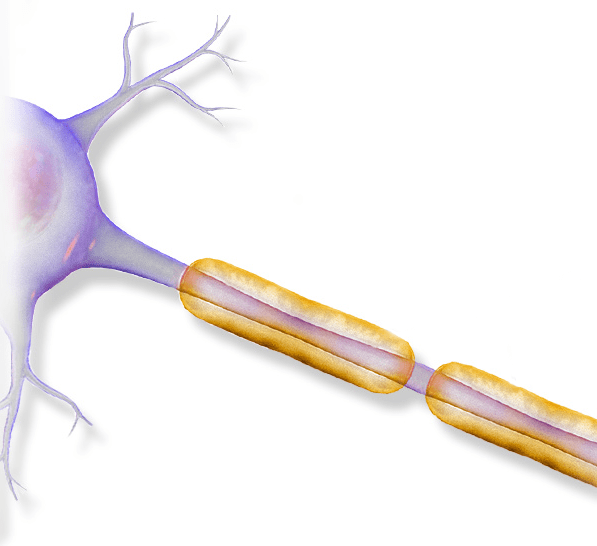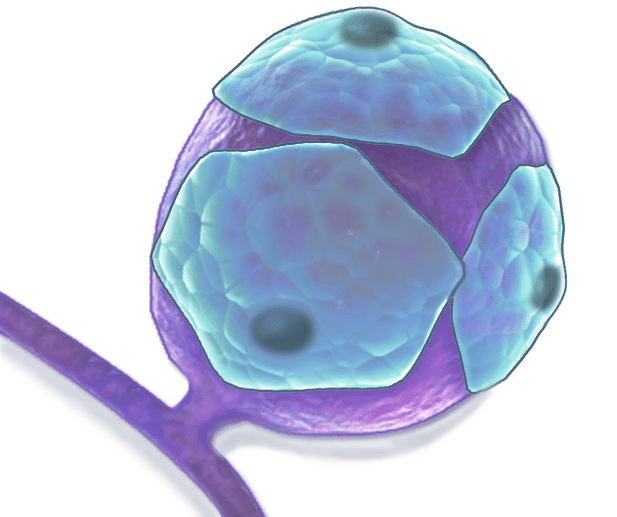Budding Scientists Forum
The Budding Scientists Forum is a new initiative from GliaBoffin to support young and aspiring researchers, drawing on recent developments in the field of neuroscience around the world.
Read more…
Let’s talk about Glia?
Glia are the non-neuronal cells of the central and peripheral nervous system. Although these cells were recognized way back in the mid 1800s, their significance in maintaining the brain homeostasis was highlighted much later. These cells are now known to provide structural and nutrient support to the neurons along with protection against various brain insults. Since the very beginning, the main focus has always been on how neurons work in the brain? But now scientists have shown that glial cells hold the important key in regulating almost every function performed by the neurons.
Just Published Articles
Powered by PubMed – Click on the cell image
Central Nervous System Glia
In the central nervous system, four types of glial cells are present namely, astrocytes, microglia, oligodendrocytes, and ependymal cells.
Astrocytes
These are star-shaped cells that extend several processes or end feet. These processes enable the astrocytes to connect and transfer nutrients coming via blood simultaneously to many neurons. Hence, these processes play an important role between the central nervous system and non-neuronal tissue. Multiple layers of end feet together form glia limitans on the visceral surface of the pia mater and enshroud the micro-vessels of the brain. The astrocytes are commonly characterized by glial fibrillary acidic proteins (GFAP), the major component of cytoplasmic intermediate filaments.
Microglia
Microglia are the primary immune cells of the brain and constitute ~5-8% of the glial population. On getting signals, they can travel to the site of injury or infection. They are derived from myeloid precursor cells and therefore act as the brain macrophages. Microglia are small cells with elongated nuclei, sparse cytoplasm, and numerous continuously scanning processes. They are responsible for synaptic pruning during brain development and also mediate refinement of synapses in the adult brain. They are very sensitive and can be easily activated. Based on the type of stimulus microglia can undergo classical activation (M1) or alternative activation (M2). M1 phenotype releases pro-inflammatory mediators and hence detrimental to the neurons whereas, M2 phenotype support neurons by releasing growth promoting factors.
Oligodendrocytes
Oligodendrocytes are known for producing myelin sheath, which completely insulates the neuronal axons (except at nodes of Ranvier) and therefore prevents the loss of signal strength during nerve conduction. They have small soma with long cytoplasmic projections and distributed throughout the brain but slightly more in white matter. They have robust protein synthesis machinery in their cytoplasm which ensures the continuous supply of myelin protein. It has been observed that the thickness of myelin sheath regulates the conduction velocity of the neurons.
Ependymal Cells
The ependymal cells play an important role in the production and regulation of cerebrospinal fluid (CSF) and cover the cerebral ventricular system as well as the spinal canal. They are cuboidal or columnar epithelial cells which are further classified as choroidal epithelial cells and ependymocytes. The choroidal epithelial cells have apical microvilli which regulate the movement of CSF around the central nervous system. The ependymocytes are comparatively more abundant and regulate the nutrient exchange between the CSF and astrocytic end feet.
Peripheral Nervous System Glia
Two types of glial cells are present in the peripheral nervous system i.e. Schwann cells and satellite cells. Both are derived from the neural crest of the developing embryo. These cells perform similar functions as that of oligodendrocytes and astrocytes.
Schwann Cells
As mentioned above they are analogous to the oligodendrocytes of the central nervous system and therefore found to be wrapped around axons of neurons in the peripheral nervous system. They have elongated nuclei and tubular cell surface. The major difference between oligodendrocytes and Schwann cells is that the former can myelinate multiple neurons at the same time whereas a single Schwann cell can myelinate only one neuron. Similar to the central nervous system, Schwann cells also leave small gaps in the myelin sheath along the axons which are also known as nodes of Ranveir.
Satellite Cells
These cells are mainly found in sensory, sympathetic, and parasympathetic ganglia. They have been found to cover neuronal cell bodies in the peripheral nervous system. Satellite cells are analogous to astrocytes and hence supply nutrients to the nearby neurons along with some structural support. They express various receptors that enable them to cross-talk with neuroactive chemicals secreted by surrounding neurons. The main difference between satellite cells and Schwann cells is that the former is known to form a continuous sheath over the sensory and parasympathetic neurons.
Nature: Careers Advice, technology and tools
- Londoners see what a scientist looks like up close in 50 photographsby Jack Leeming on April 18, 2024 at 12:00 am
Nature’s Where I Work images are being exhibited in the UK capital until June.
- Deadly diseases and inflatable suits: how I found my niche in virology researchby Nikki Forrester on April 17, 2024 at 12:00 am
Virologist Hulda Jónsdóttir studies some of the world’s most pathogenic viruses at the Spiez Laboratory in Switzerland.
- I dive for fish in the longest freshwater lake in the worldby Nikki Forrester on April 17, 2024 at 12:00 am
Biologist Carolin Sommer-Trembo describes her fascination for fish and why she enjoys doing science in Switzerland.
- CERN’s impact goes way beyond tiny particlesby Nikki Forrester on April 17, 2024 at 12:00 am
A global effort to uncover the nature of the Universe has had resounding effects on scientists and society.
- How young people benefit from Swiss apprenticeshipsby Jitao David Zhang on April 17, 2024 at 12:00 am
Computational biologist Jitao David Zhang says that the country’s vocational training programme teaches key work and life skills.
Glia Blogs
Are you working with glial cells?
Now share your findings with the glia community. Write a blog and show how your research is making a contribution to the field. Your blog will be showcased on this website.

